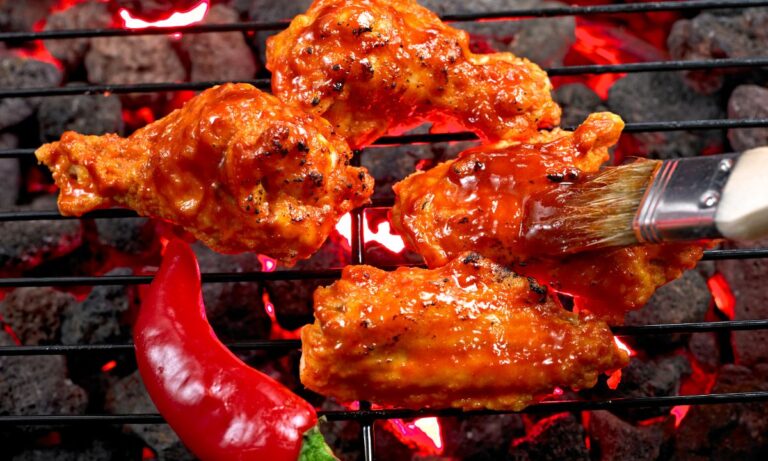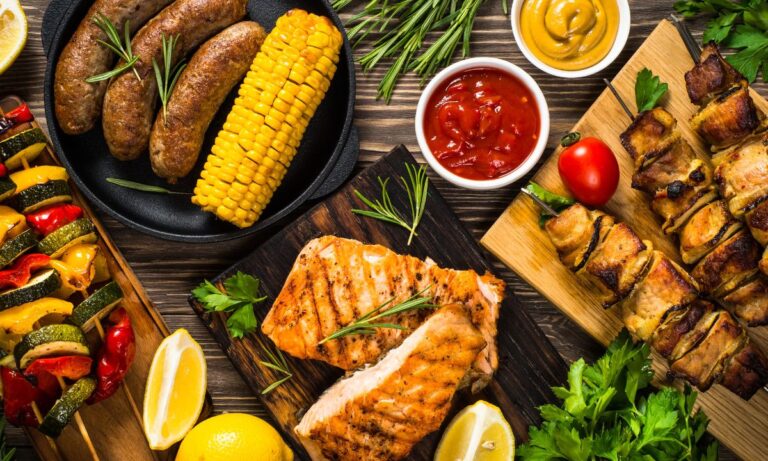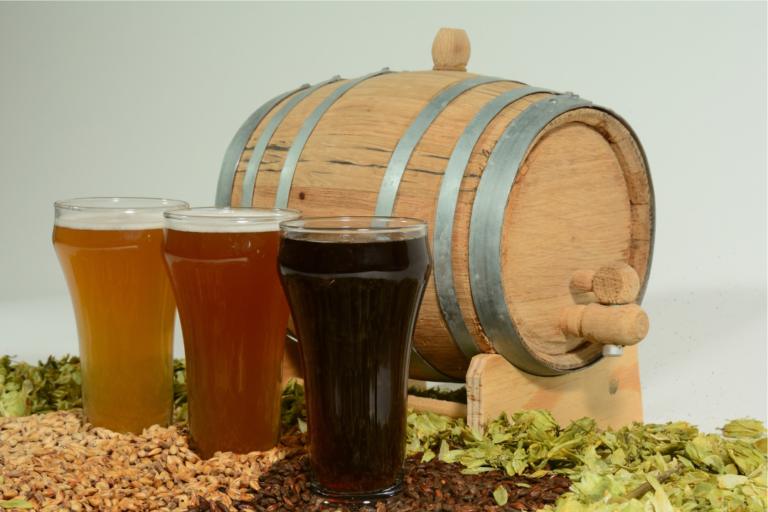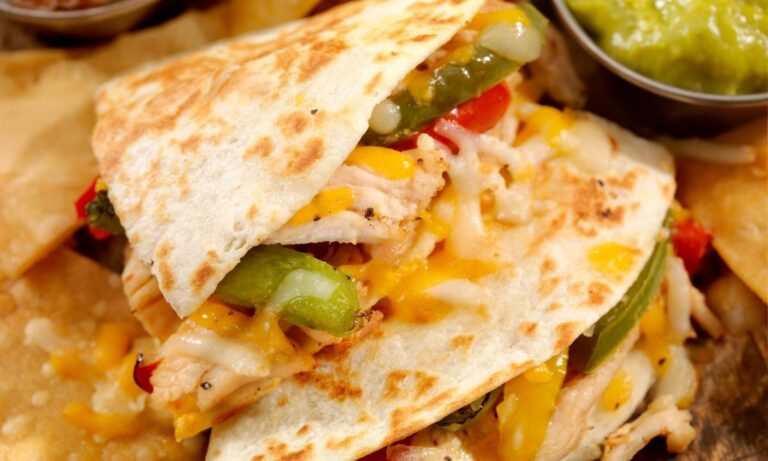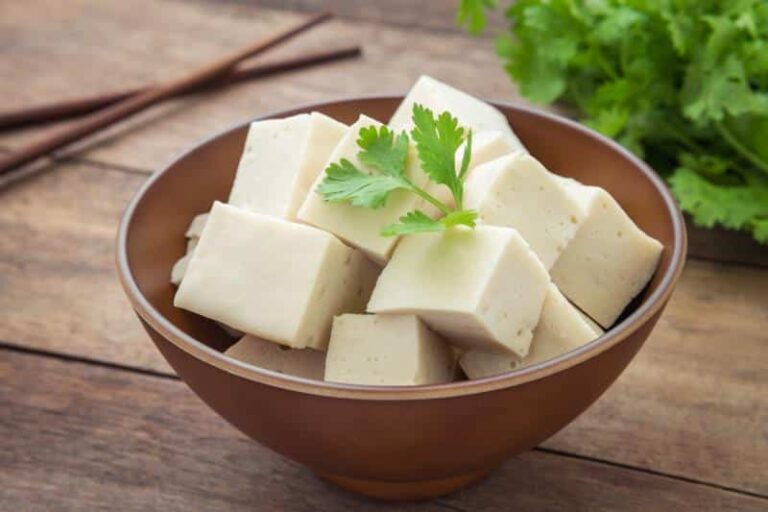Homemade Hamburger: A Perfect Guide for Your Ultimate Burger Experience
I. Introduction
There’s something truly satisfying about sinking your teeth into a juicy, homemade hamburger. It’s not just the flavors, but also the experience of creating something so delicious with your own hands. In this article, we will guide you through the process of making your own hamburgers, from selecting the right ingredients to cooking and assembling the perfect burger.
A. Why make your own hamburger
When you make your own hamburgers, you have complete control over the ingredients and preparation. This means you can customize your burger to suit your personal tastes and dietary preferences. Plus, you can ensure that you’re using high-quality ingredients and avoiding any unnecessary additives or preservatives.
B. Benefits of homemade hamburgers
Homemade hamburgers offer several benefits compared to their store-bought or fast-food counterparts. These include:
- Improved taste and flavor
- Healthier options through ingredient selection
- Cost savings
- Creative freedom
- A fun and rewarding experience
II. Choosing the Right Ingredients
A. The beef
The foundation of any great hamburger is the beef. Look for ground beef with a fat content of around 15-20% for the juiciest and most flavorful burgers. If you prefer a leaner option, consider using ground turkey, chicken, or even plant-based alternatives.
B. The buns
The perfect bun should be soft and slightly chewy. Brioche, potato, and sesame buns are popular choices, but you can also experiment with whole wheat, gluten-free, or even pretzel buns.
C. The cheese
While American cheese is a classic choice for hamburgers, you can opt for other varieties such as cheddar, Swiss, provolone, or pepper jack. For a gourmet twist, try blue cheese, Gouda, or brie.
D. The vegetables
Fresh, crisp vegetables add texture and flavor to your hamburger. Some popular options include lettuce, tomatoes, onions, and pickles. Don’t be afraid to get creative with other vegetables like avocado, roasted red peppers, or even grilled pineapple.
E. The condiments
Condiments can make or break your homemade hamburger. Classic choices include ketchup, mustard, and mayonnaise. For a more unique flavor, try barbecue sauce, aioli, sriracha, or even homemade salsa.
III. Preparing the Hamburger Patties
A. Mixing the ingredients
In a large bowl, gently mix the ground beef with your choice of seasoning, such as salt, pepper, garlic powder, or Worcestershire sauce. Avoid over-mixing, as this can make the patties tough.
B. Forming the patties
Using your hands, shape the beef mixture into patties roughly the same size as your buns. Make a slight indentation in the center of each patty to prevent it from puffing up during cooking.
C. Seasoning the patties
Generously season both sides of the patties with salt and pepper just before cooking. This will help to create a flavorful crust and seal in the juices.
IV. Cooking the Patties
A. Grilling
Grilling is a popular method for cooking hamburgers. Preheat your grill to medium-high heat and cook the patties for 3-5 minutes per side, depending on your desired level of doneness.
B. Pan-frying
Pan-frying is another great option for cooking your homemade hamburger patties. Heat a large skillet over medium-high heat and add a small amount of oil. Cook the patties for 3-5 minutes per side, or until they reach your desired level of doneness.
C. Broiling
If you don’t have access to a grill or stovetop, you can broil your patties in the oven. Preheat your broiler and place the patties on a broiler pan. Cook for 3-5 minutes per side, or until they reach your desired level of doneness.
V. Assembling the Hamburger
A. Toasting the buns
Toasting the buns adds a slight crunch and prevents them from becoming soggy. Place the buns on the grill, skillet, or under the broiler for about 1-2 minutes, or until lightly toasted.
B. Layering the ingredients
Start by placing a leaf of lettuce on the bottom bun, followed by the cooked patty. Next, add your choice of cheese, vegetables, and any additional toppings you prefer.
C. Adding the finishing touches
Finish your homemade hamburger by spreading your chosen condiments on the top bun and placing it on top of the assembled ingredients. Serve immediately and enjoy your delicious creation.
VI. Conclusion
Making your own homemade hamburgers is a rewarding and delicious experience. With this guide, you can create the perfect burger tailored to your tastes and preferences. So, gather your ingredients, fire up the grill, and get ready to enjoy the ultimate homemade hamburger experience.
VII. Frequently Asked Questions
1. What can I use as a binder for my hamburger patties?
While some people add breadcrumbs and eggs to their patties, they are not necessary. The natural fat in the beef should be sufficient to hold the patties together. If you prefer a binder, you can try adding a small amount of breadcrumbs or crushed crackers.
2. Can I make my hamburgers in advance?
Yes, you can prepare the patties ahead of time and store them in the refrigerator for up to 24 hours or in the freezer for up to 3 months. Be sure to separate the patties with parchment paper to prevent sticking.
3. What temperature should I cook my hamburgers to?
The USDA recommends cooking ground beef to an internal temperature of 160°F (71°C) to ensure food safety. However, if you prefer your hamburgers medium-rare or medium, you can cook them to a lower internal temperature, keeping in mind that consuming undercooked beef may increase the risk of foodborne illness.
4. How can I keep my homemade hamburgers juicy?
To keep your hamburgers juicy, avoid over-mixing the meat, and choose ground beef with a higher fat content. Also, be careful not to overcook the patties, and let them rest for a few minutes after cooking to allow the juices to redistribute.
5. Can I use other types of meat for my homemade hamburgers?
Absolutely! While beef is the most common choice for hamburgers, you can also use ground turkey, chicken, pork, or even plant-based alternatives. Just keep in mind that the cooking times and temperatures may vary depending on the type of meat you choose.


